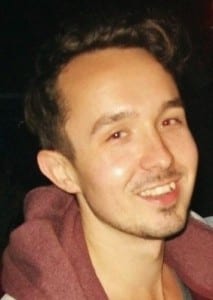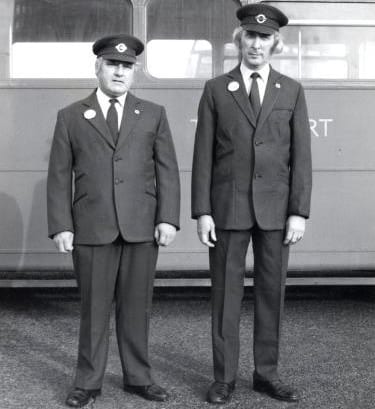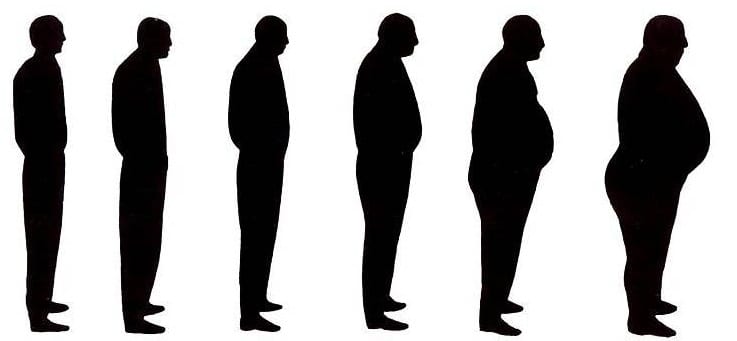Stress: Using Oral History Interviews
By tcrnfmw, on 11 November 2015
 by Felicity Winkley
by Felicity Winkley
This post is associated with our exhibit Stress: Approaches to the First World War, open October 12-November 20.
A visitor to Stress last week commented that the objects on display weren’t what she expected, that she had anticipated they would show much more directly the obvious effects, or stresses, of the First World War on men, women and children.
I wasn’t surprised by this response. We knew when we curated Stress that the interpretation of the objects was more convoluted than most traditional museum displays – the object labels are longer than best practice advises, the visual links between the cases difficult for the visitor to immediately grasp.
Part of this is owed to the fact that the objects have been chosen from the UCL collections – geology, pathology and science specimens among others – rather than from a military history assemblage. In equal measure, it is also because the objects have been chosen not only because of their relevance to the exhibition, but also according to the individual research interests of the curators.
One element of the exhibition breaks this mould however – the audio installation which plays two oral history interviews from the archives of the National Army Museum, recollections of two individuals who served in the First World War. For me, this part of the exhibition provides the visitor with the most direct link to the conflict – an immediate and very powerful ‘place-setting’ via the experiences being narrated, quite apart from the objects on display.
Although the audio is on a permanent loop, no matter at what stage you join in the story you are transported: with Adelaide Marian Davies, who served with the Women’s Army Aux Corps in France, you can picture the scene as she describes the dances held for troops at the Front, where it was forbidden for her rank to dance with the officers; with L/Cpl Billy Meade, you might join him at the Dardanelles, Ypres or later at the prisoner of war camp where he tasted Schnapps for the first time.
The resonance of these anecdotes illustrates just why oral history interviews are important, and why they are such a useful element to incorporate in exhibitions, or indeed many kinds of research. As opposed to much of the written historical record, oral histories are collected directly from the source and feel so much more authentic for it. For the purposes of my PhD, I used a ‘go-along’ interview technique, which involved talking to respondents whilst walking, in order to glean accurate insight to their experience of being in that environment. More recently, I volunteered as an oral history interviewer for the London Bubble’s After Hiroshima project which explores the responses of Londoners to the dropping of the first atomic bomb on 6 August 1945, both in the immediate aftermath and throughout the peace movement of the 1950s and 60s.
Oral histories lend themselves to many situations, not only to provide a means for gathering unique, illuminating and personal records and reflections, but also – in the process of their collection – to involve a wider community in research and offer an opportunity for participation in history and heritage in practice. We were thrilled to be joined on the Stress opening night by the family of Billy Meade, including his daughter (now 84), who had never before heard his recording.
 Close
Close




![King George VI, Queen Elizabeth and an assortment of postwar planners at the County of London Plan exhibit. University of Liverpool archive [D113/3/3/40].](https://blogs.ucl.ac.uk/researchers-in-museums/files/2014/08/County-of-London-Plan-Blog-e1409243452716.jpg)




